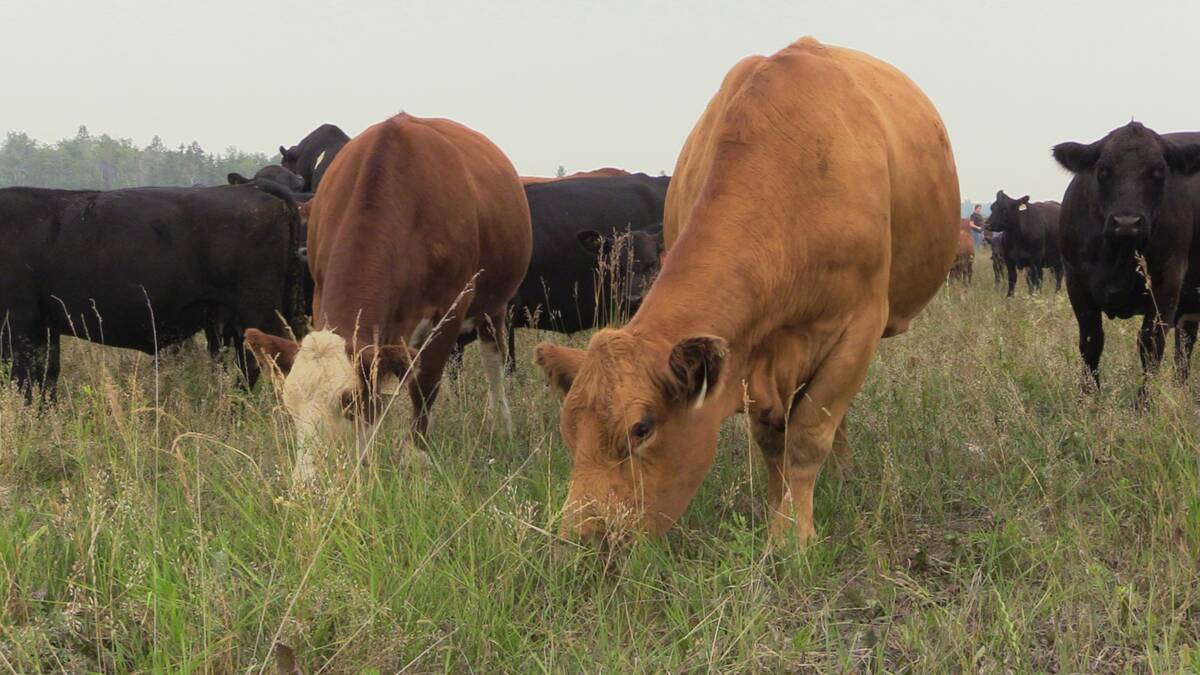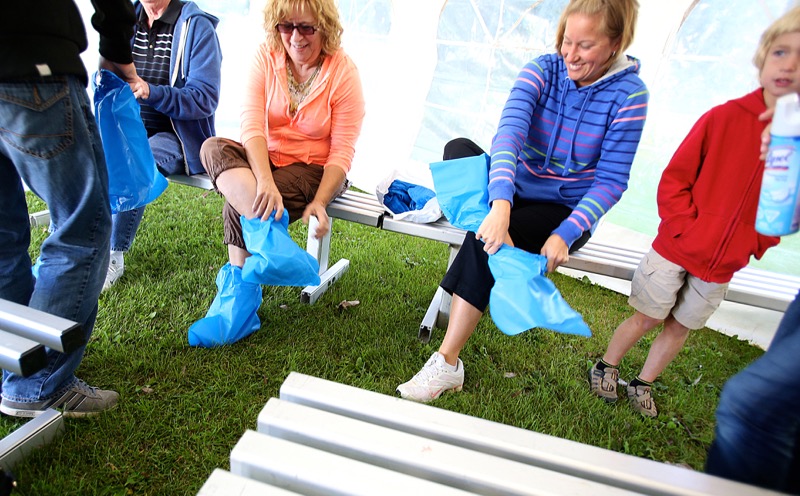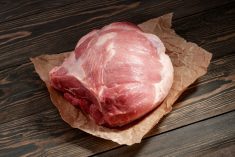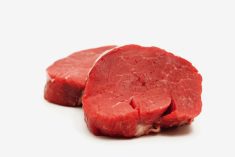In many ways, Open Farm Day is an oxymoron.
As much as it tries to help the public understand modern farming, it often reinforces just how inaccessible it has become.
Lured by the promise of a chicken farmer’s barn and broilers, I headed out early on Sept. 20 to see the only poultry operation on the list. Visitors were greeted by representatives of the Manitoba Chicken Producers, disinfectant spray and protective footwear, before walking about 100 feet to a broiler barn, where — if they looked through a tinted window — they could see birds. In the words of one visitor it was, “underwhelming.”
Read Also

Feds drill for foot-and-mouth outbreak
Foot-and-mouth drill mocks up Canadian disease defence, looks for gaps, should an infection be found in the U.S.
I’m not singling out one industry or one operation.
While nearly 40 farms participated in the annual event, there were no turkey farms, no egg operations and no pig farms. In fact, whole segments of animal agriculture were missing from Open Farm Day.
Open Farm Day events only reinforce the fact that these operations are closed entities that can’t open their barns, can’t welcome visitors. So at the end of the day, many livestock producers are still asking the public to put its trust in something it can’t see, can’t touch, can’t smell. “Just trust us, we know what we’re doing. We’re farmers, you’re not.”
Consumers are smart cookies. People notice when a dozen dairy farms open doors wide, but the only way they can catch a glimpse of a pig is through a glass window at a controlled research facility. They notice and they ask why.
Obviously biosecurity is top of mind for producers, especially those in the poultry and pork industries. Diseases such as porcine epidemic diarrhea and avian influenza have ravaged North America, costing millions, if not billions, of dollars in damage.
But when consumers do visit these farms and learn that it takes intense isolation and medical intervention to keep an animal alive for a mere 35 days or maybe a few months, it doesn’t provide them with answers, it raises more questions. Difficult questions.
Just east of the broiler barn, Open Farm Day provided a different kind of window — a window into our agricultural past. At the Mennonite Heritage Village people flocked to one of the site’s favourite structures, the Chortitz Housebarn. As the name suggests, it’s a type of dwelling that combines the home and the barn.
The first examples went up in the 1870s and the last in the 1930s. Widely used into the 1940s, some survive to this day. Somehow, over the course of seven or eight decades, animal agriculture has gone from one extreme to the other. We used to share space and heat with livestock, now we only consider shared infections.
This isn’t about longing for the “good old days,” which weren’t all good.
It’s about remembering that while livestock can exist in isolation, farmers cannot. Farmers need social licence to operate. They need consumers, but consumers don’t necessarily need them.
The industries absent from Open Farm Day need to question why their barn doors remain closed when others are open. Because that’s exactly what consumers are doing.















